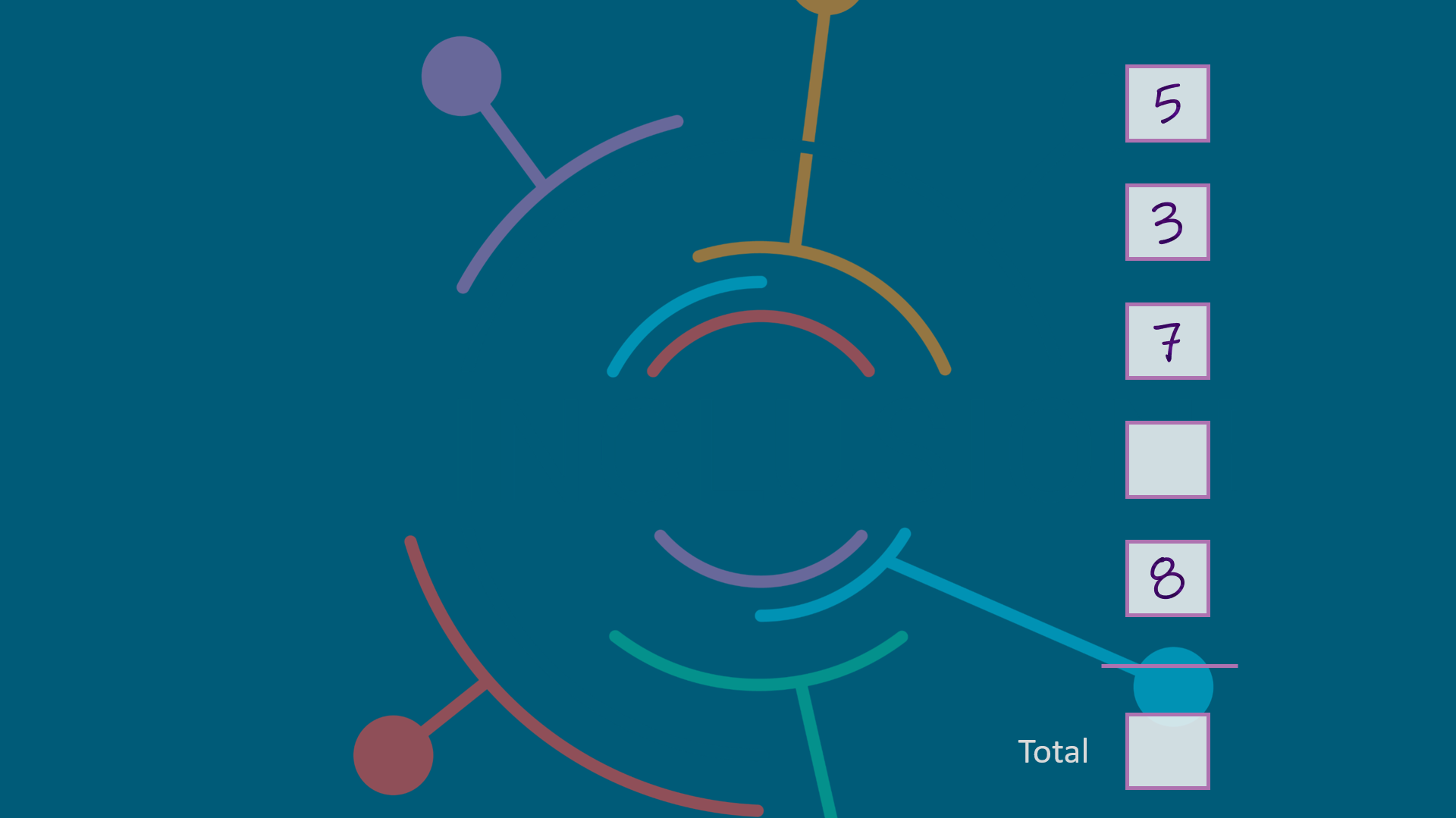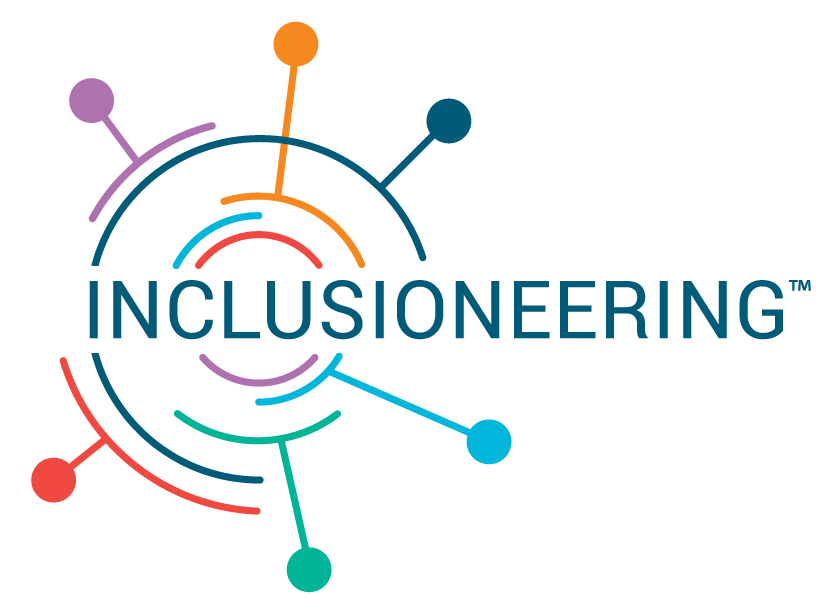Wow, what a year! 😶 I quit my job as Director of People Data and Insights at AVEVA😅 … to run Inclusioneering Limited full time✅ I joined the trustee board of BCS, The Chartered Institute for IT✅…and the board of directors of ForHumanity, an AI ethics and audit charity😍 I had the pleasure to…

As a former techie, I have always loved data. Data analysis is like exploration. It’s a journey of discovery as something previously concealed, but often hiding in plain sight, is revealed. People data is no different in this regards. I started working with people data and analysis almost 10 years…

As a frequent speaker about diversity, equity and inclusion at tech events, I love to speak afterwards with audience members to hear their stories, find out the current topics most important to them, and sometimes to provide a sounding board to help them navigate their next career step. Given the…

Recent Comments